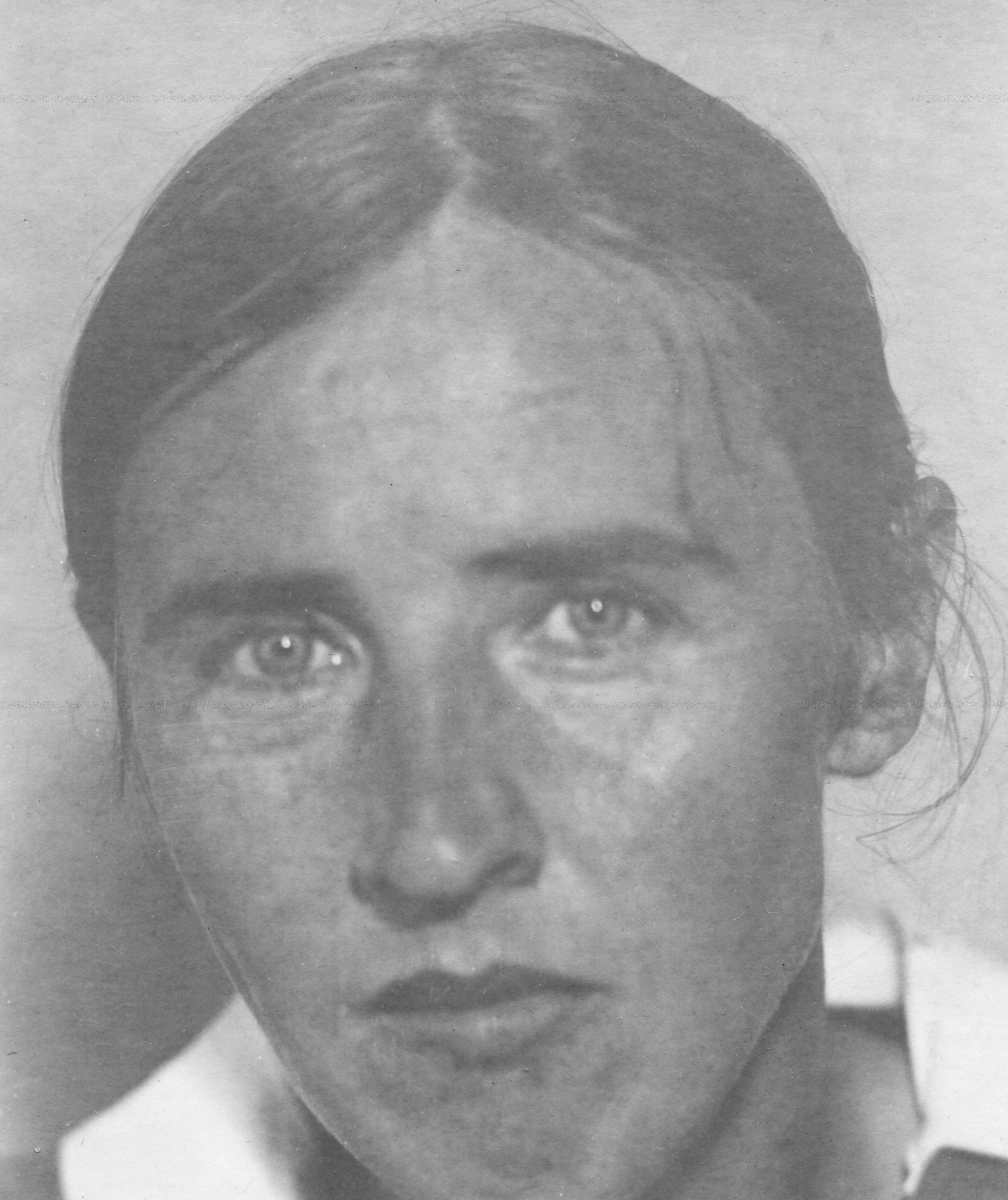Search for Names, Places and Biographies
Already layed Stumbling Stones
Suche
Elsa Hüttmann * 1897
Enckeplatz 4 (Hamburg-Mitte, Neustadt)
HIER WOHNTE
ELSA HÜTTMANN
JG. 1897
EINGEWIESEN 1943
’HEILANSTALT’
STEINHOF / WIEN
ERMORDET 5.1.1944
further stumbling stones in Enckeplatz 4:
Selma Bleiweiss, Semmy Selig Bleiweiss, Käthe Bleiweiss, Uri Bleiweiss, Rudolf Bleiweiss
Elsa Frieda Johanna Hüttmann, born on 2 Feb. 1897 in Hamburg, admitted on 29 July 1934 to what was then the Alsterdorf Asylum (Alsterdorfer Anstalten), transferred 16 Aug. 1943 to the Vienna Municipal Wagner von Jauregg-Heil- und Pflegeanstalt, a "sanatorium and nursing home,” died on 5 Jan. 1944
Enckeplace 4
Elsa Hüttmann experienced a seemingly "normal” childhood and youth. She grew up with her older brother Franz Ernst Johannes, who was born on 28 Nov. 1892. The family lived on Marcusstrasse (today Markusstrasse), which was still called Marktstrasse at the time of her birth (the street name was changed three years later).
Her parents, Franz Heinrich Friedrich Hüttmann (born on 16 Mar. 1863, died on 6 Dec. 1944) and Albertine Auguste, born Meyer (born on 20 May 1872, died on 9 Feb. 1939), had been married in Hamburg on 5 May 1892. The father was a shoemaker, but since 1889, he did business as a merchant with a shop for leather and shoemaking supplies. In 1907/1908, the Hüttmann family moved five houses further, from Marcusstrasse 30 to Marcusstrasse 42.
Elsa Hüttmann successfully attended the St.-Anschar girls’ secondary school up to the senior class and was confirmed at Easter 1911. After her school years, she worked in her father’s office and business, then in a household, and since 1916 in an office other than her father’s. In her spare time, she played the piano.
In the fall of 1919, she became "conspicuous.” She was sent to Schwarzenbeck for a few months of rest and then to a sanatorium for eight weeks. In the meantime, her parents had moved the private residence to Enckeplatz 4.
On 1 Mar. 1922, Elsa Hüttmann was admitted to the Friedrichsberg State Hospital (Staatskrankenanstalt Friedrichsberg) in Hamburg-Eilbek with the diagnosis of "dementia praecox” (an outdated term for psychoses related to schizophrenia). Further temporary admissions to Friedrichsberg followed. Elsa Hüttmann was described there as very idiosyncratic. Reportedly, her mood fluctuated between dismissive and accessible behavior. She was said to have been very restless. When reprimanded, she could become extremely violent, even toward her mother.
Albertine and Franz Hüttmann saw no other way out than to admit their daughter to the former Alsterdorf Asylum (Alsterdorfer Anstalten) on 29 July 1934 (today Protestant Alsterdorf Foundation [Evangelische Stiftung Alsterdorf]). The referring doctor described her as having been suffering from "paranoia” for ten years and advocated her permanent institutional care in consideration of the heavy strain on the parents. In particular, he pointed out the mother’s need for protection. The Hüttmann couple, 62 and 71 years old at the time, soon moved to a smaller apartment at Burgstrasse 10 in Bahrenfeld after their daughter was institutionalized.
At the beginning of her stay in "Alsterdorf,” Elsa Hüttmann was first described as independent and occupied with light manual labor and housework. Her abilities were judged as follows: "can do almost nothing else, however.” Later file entries also reveal little understanding for her illness, when they indicated, "With all activities that she carries out it takes her five to six tries. She cannot put on a shoe without putting it on and taking it off six times. She does the same thing with a cup or a spoon when she wants to puts them to her mouth.”
In Apr. 1940, Elsa was described as a "full-fledge nursing case,” "sitting stubbornly on the chair all day long. Often refuses lunch.”
On 16 Aug. 1943, Elsa Hüttmann was "selected” on the pretext that the institution could no longer be operated after the heavy air raids on Hamburg, and together with another 227 women and girls, she was sent to the Vienna Municipal Wagner von Jauregg-Heil- und Pflegeanstalt.
As early as her admission in Vienna, already suffering from enteritis, she weighed only 37 kilograms (just under 82 lbs.) and was considered "very weak.” Three months later, in November, she was transferred to the nursing department there: "In the observation room [Wachsaal – a room in which patients were immobilized and underwent continuous therapy], she lies under the blanket, does not speak, is disoriented. Must be cared for.” Shortly before her death, an entry noted: "Deteriorates, does not eat food. Weak.”
Elsa Hüttmann had no reserves left to cope with the deliberate nursing neglect. Five months after her transfer on 5 Jan. 1944, she died in Vienna. Her family was told that cardiac insufficiency after severe enteritis had led to "natural death.”
Translator: Erwin Fink
Kindly supported by the Hermann Reemtsma Stiftung, Hamburg.
Stand: May 2020
© Susanne Rosendahl
Quellen: StaH 332-5 Standesämter 2428 u 517/1897; StaH 332-5 Standesämter 6278 u 3933/1892; StaH 332-5 Standesämter 4158 u 5/1944; UKE/IGEM, Patientenakte Elsa Hüttemann der Staatskrankenanstalt Friedrichsberg Akten-Nr. 49353; Archiv Evangelische Stiftung Alsterdorf, Patientenakten der Alsterdorfer Anstalten, V 195 Elsa Hüttmann; Wunder: Exodus, S. 213.


